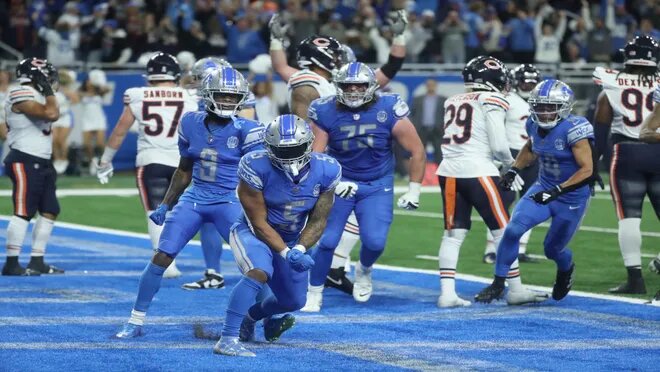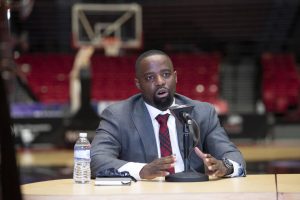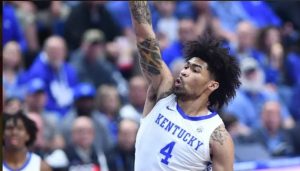
The Offense of Shane Waldron Had Some Special Problems
The Bears enjoy the successful assault led by their new offensive coordinator, but considering what happened to them the previous season, they could have inadvertently created a new set of issues.
After Shane Waldron was hired to be the offensive coordinator for the Bears, there was less backstabbing and fist pumping.
It dawns on them now that the work at hand is challenging and that Waldron may not have all the answers in Seattle. Therefore, it is necessary to doubt his ability to resolve the offensive issues facing the Bears.
In reality, it’s simple to conclude from the figures that the Bears have just exchanged their troubles for someone else’s.
Perhaps hiring is the true solution, at least as important as coaching.
Waldron’s Explosive Attack: Matt Eberflus, the Bears coach, wanted to see more big plays. He outlined his requirements for an offensive coordinator in this way.

“You have to be able to have the innovation to really look at the players that you have and be able to help enhance and put those guys in position to succeed and to get explosives and to move the ball down the field,” Eberflus stated.
In terms of producing larger gains, Waldron’s Seahawks’ attack was more explosive; they averaged 5.5 yards per play, excellent for 11th place, while the Bears were far worse, averaging 5.0 yards per play in 23rd place. Seattle was sixth overall in first down average with 5.87 yards. Teams are better positioned to move the chains thanks to this crucial statistic.
Seattle tied for seventh place in the rushing game for runs of 20 yards or more, and the Seahawks finished ninth in the passing game for completions of 20 yards or more. It’s simple to understand how wide outs Tyler Lockett, Jaxon Smith-Njigba, and DK Metcalf could rank in the top 10 in longer completion percentages.
Bears clearly hope Waldron’s strategy will allow them to move the ball up and down the field more quickly.
In terms of passing gains of 20 yards or more, the Bears and Seahawks tied for 20th place last season, while the Packers and Seattle tied for ninth place with 56 throws of 20 yards or more.
Compared to the previous season, when they were lowest in the league in YAC, the Bears were able to gain yards after the catch with a little bit more separation. This year, at 1,721, they came in 27th, while Seattle came in at 2,019.
Despite their dominance on first down and huge plays, Seattle only scored four more throwing touchdowns (23) than the Bears (19).
Seven of the top ten passing teams qualified for the playoffs, while the Seahawks passing game was unable to crack the top 10.
With 322 first downs, the Bears offensive ranked 20th, but Waldron’s Seattle offense was even worse, coming in at number 23 with 317.
The Seattle offense’s total result was to finish one spot and five yards short of the Bears in terms of yards gained (5,495).
With 364 points, they finished 17th overall, just one position and four points ahead of the Bears in scoring.
Bears Run More Effectively
Throughout Getsy’s tenure in Chicago, the Bears excelled at running, finishing second the previous season. However, it’s sometimes argued that rushing attempts hold greater significance than rushing yards.

With 382, Seattle’s offense had almost the lowest number of running attempts in the NFL. What is the significance of this? The Chiefs and the Buccaneers were the only two teams in the bottom 10 for rushing attempts to qualify for the postseason.
It’s not a must for a club to win the league, but the amount of rushing yards does matter. Only two of the teams who finished in the bottom 10 for running attempts and rushing yards made it to the playoffs.
And it matters to get yards on the ground. Seven of the top 11 running teams qualified for the playoffs, including the Bears, who ranked in the top 10.
With 93 rushing first downs, Seattle placed 24th overall and in the bottom 10. Of these, just two clubs from the bottom ten advanced to the postseason. Houston and Tampa Bay.




